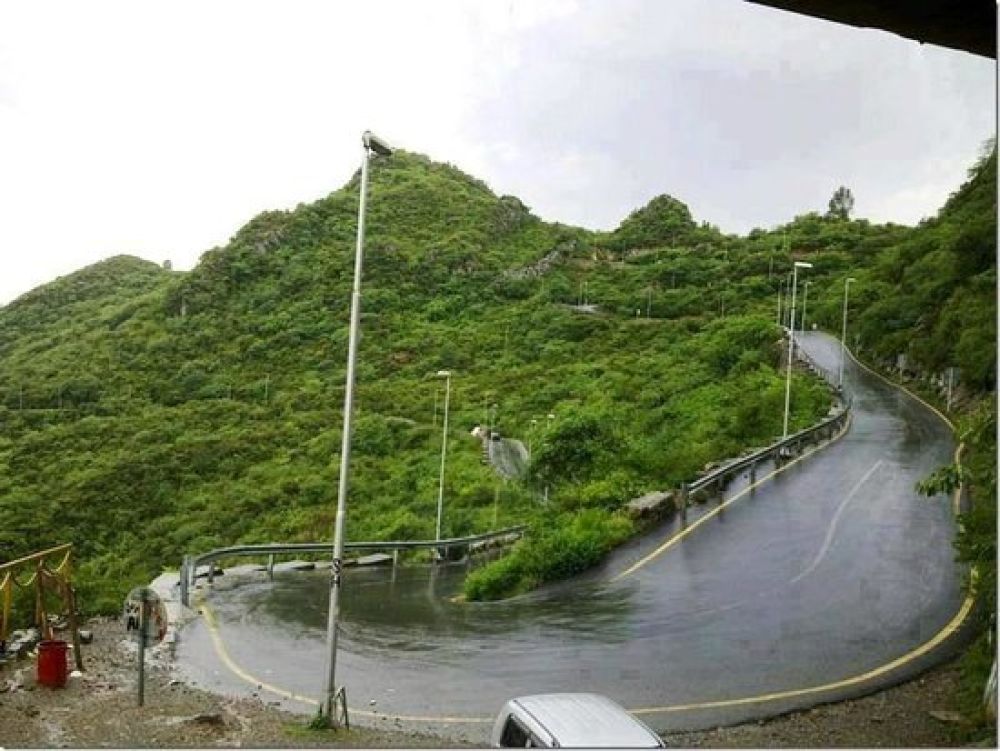

When it comes to planning a visit to Pir Sohawa in Islamabad, Pakistan, timing is crucial to ensure a pleasant experience. The best time to visit Pir Sohawa is during the spring (March to April) and autumn (October to November) seasons. During these months, the weather is typically mild and conducive to exploring the outdoors. The temperatures in spring range from 13°C to 20°C, allowing visitors to enjoy the blooming flora without the discomfort of extreme heat or cold. Likewise, autumn provides a refreshing respite with cool breezes and a comfortable climate, with temperatures generally oscillating between 15°C and 25°C. The clear skies during these seasons also offer magnificent panoramic views of the city and the surrounding Margalla Hills.
The monsoon season, typically from late June to August, brings heavy rainfall to the region, which can lead to travel disruptions and limited outdoor activity — thus, it's better to avoid this period. Conversely, summers can be quite hot with temperatures soaring up to 40°C, making it less ideal for those uncomfortable with higher heat levels. Winters in Islamabad can be chilly with occasional snowfall in the hills, and while Pir Sohawa offers stunning snow-capped scenery during this time, it often requires warm clothing and sometimes confronts visitors with foggy conditions. Therefore, planning your visit in the spring or autumn will ensure the most comfortable and visually rewarding experience at one of Islamabad's most picturesque locations.
| Month | Min Temp | Max Temp |
|---|---|---|
| January | 2 °c | 17 °c |
| February | 5 °c | 20 °c |
| March | 10 °c | 25 °c |
| April | 15 °c | 30 °c |
| May | 20 °c | 35 °c |
| June | 24 °c | 38 °c |
| July | 25 °c | 35 °c |
| August | 24 °c | 33 °c |
| September | 20 °c | 32 °c |
| October | 14 °c | 30 °c |
| November | 8 °c | 25 °c |
| December | 3 °c | 20 °c |